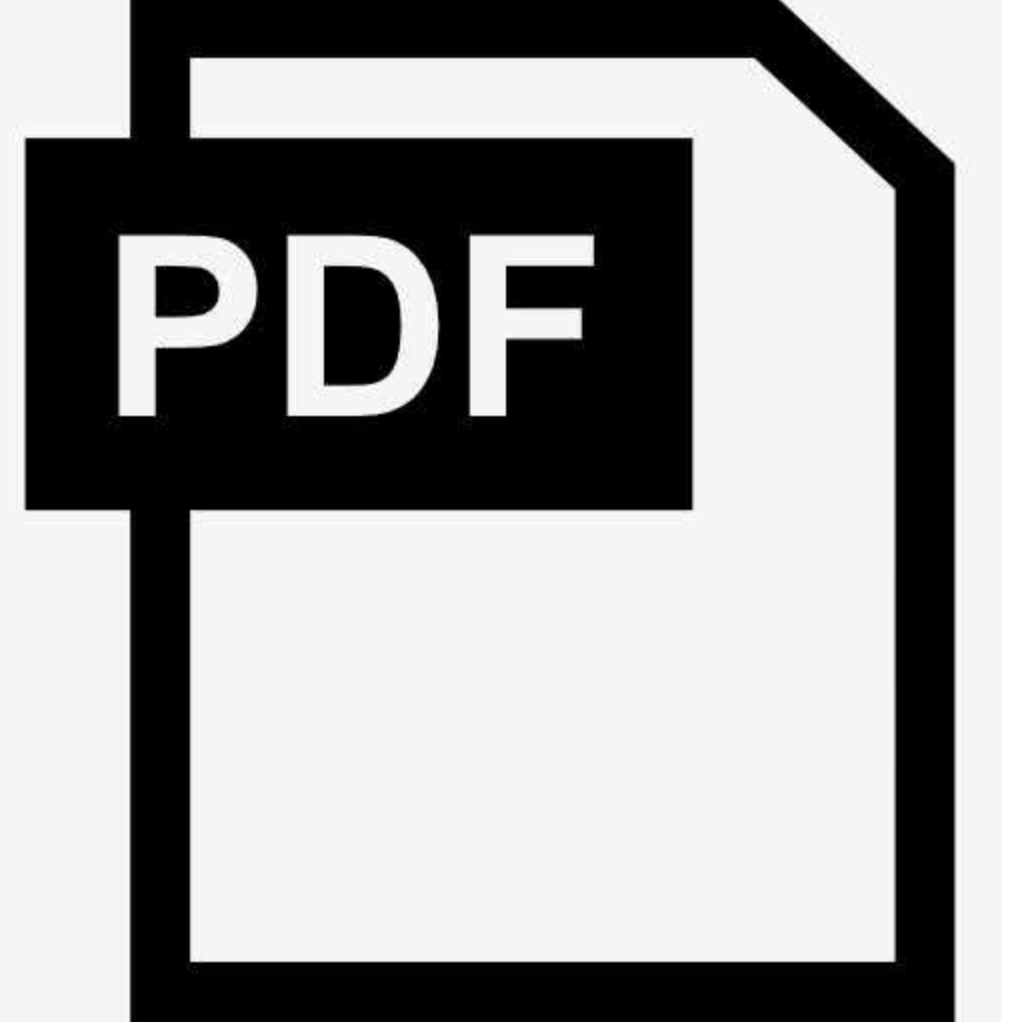Learning to Understand Image Blur
Shanghang Zhang, Xiaohui Shen, Zhe Lin, Radomír Měch, João P. Costeira, José M. F. Moura
While many approaches have been proposed to estimate and remove blur in a photo, few efforts were made to have an algorithm automatically understand the blur desirability: whether the blur is desired or not, and how it affects the quality of the photo. Such a task not only relies on low-level visual features to identify blurry regions, but also requires high-level understanding of the image content as well as user intent during photo capture. In this paper, we propose a unified framework to estimate a spatially-varying blur map and understand its desirability in terms of image quality at the same time. In particular, we use a dilated fully convolutional neural network with pyramid pooling and boundary refinement layers to generate high-quality blur response maps. If blur exists, we classify its desirability to three levels ranging from good to bad, by distilling high-level semantics and learning an attention map to adaptively localize the important content in the image. The whole framework is end-to-end jointly trained with both supervisions of pixel-wise blur responses and image-wise blur desirability levels. Considering the limitations of existing image blur datasets, we collected a new large-scale dataset with both annotations to facilitate training. The proposed methods are extensively evaluated on two datasets and demonstrate state-of-the-art performance on both tasks.


